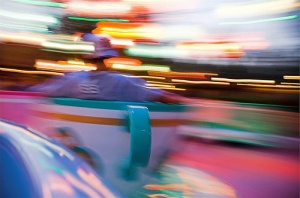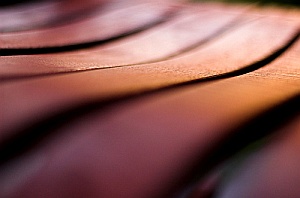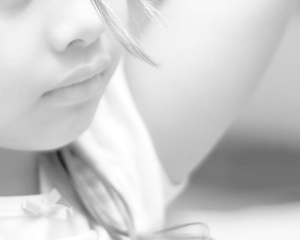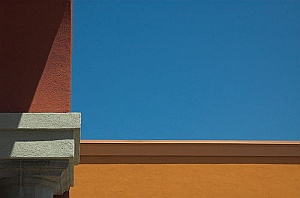Many of you probably bought a camera with the intention of documenting something. Documenting the world around us is common among photographers—and wonderful! please keep it up!—whether it is a beautiful landscape, a family portrait, or a hectic street scene.
But there’s another kind of photography full of blurry lines, swirling colors, and indefinite forms that I encourage everyone to try your hand at.
The dictionary defines abstract as: having an intellectual and affective artistic content that depends solely on intrinsic form rather than on narrative content or pictorial representation.
An abstract photograph is one which doesn’t have a definable subject or doesn’t represent the subject in an objective, realistic way. Abstractions can be simplifications, rendering a subject down to its essence; or a way to convey a sense of emotion or movement. Abstract photography is also a fun way to break the “rules” of photography you may be used to.

Tea time. 1/6s @ f/3.5
You may have shied away from this kind of photography because it implies artistry and you don’t feel like an artist. As if art is something that only certain specially trained people can do. Many people have tried to define what art is and no matter where you go it’s easy to find someone to debate the subject with.
The thing is, it’s completely subjective. One man’s garbage is another man’s art. Here’s my simple, slightly cheeky definition: if you can frame it, it’s art.

Idea of a Chair. 1/800s @ f/1.8, 50mm
Techniques for making abstract photographs are varied. Using a long shutter speed is a popular method that can give a photograph a surreal, dreamy quality. Intentionally defocusing the subject. Moving or zooming the camera lens while making the exposure.
And there are ways of composing an image that can lead to an abstract representation as well. For example, a portrait that only includes the chin and neck. An extreme closeup of a portion of chair removes the concrete representation and replaces it with an idea, a feeling.

Porcelain. 1/200s @ f/1.8
And shooting objects simply for their shape or color, the way lines cross, textures, curves and pleasing forms detached from the objects that made them, are other great ways of making abstracts.

Rectangles. 1/500s @ f/11
Learning to see things in a different way than you’re used to is an important part of growing as a photographer (and an artist). Shooting abstracts will help you see things differently, improve your creativity, and get you out shooting more.
All of those things are rewarding in themselves but I think you’ll also find that the additional skills translate back into your documentary photography as well.
Let me know what you think in the comments.









That was a really great post.
I think there are many people who don’t think they like abstract photography simply because they don’t understand it.